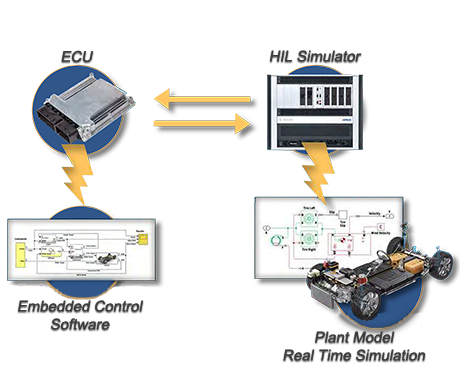
Why is HIL Software Testing important?
- HIL testing enables software engineers to test their programs in a virtual setting that closely mimics the actual hardware environment.
- By detecting and resolving any flaws early in the development process, HIL testing can help to shorten development time and reduce costs.
- An extensive sets of scenarios can be tested in an automated process that cannot be tested on the actual hardware.
Improve Software Quality & Reduce the Risk of System Failure
Before the embedded software is installed on the actual hardware, HIL testing enables engineers to detect and fix errors in software. This decreases the possibility of system malfunctions, security hazards, and expensive recalls.
Reduced Development Time and Cost
By finding and fixing any errors or efficiency problems early on in the development process, HIL testing can help reduce development time and expenses. This reduces the need for expensive revision by ensuring that the software will operate properly and securely in the real-world environment.
Increased Test Coverage
Using HIL testing technology, that closely resembles the real hardware environment in which the software will work, enables increased test coverage, including tests that cannot be done on actual hardware, i.e. what happens if one of the wings of the airplane breaks off.